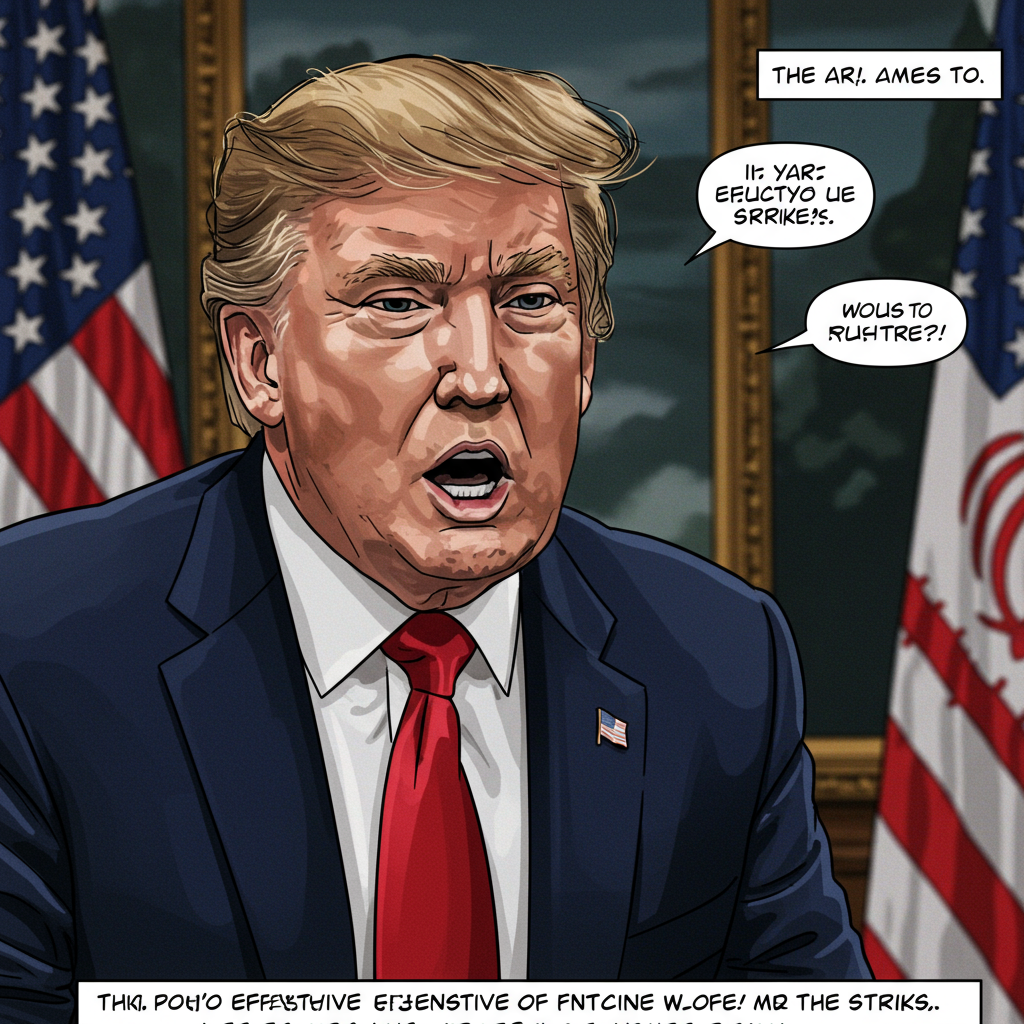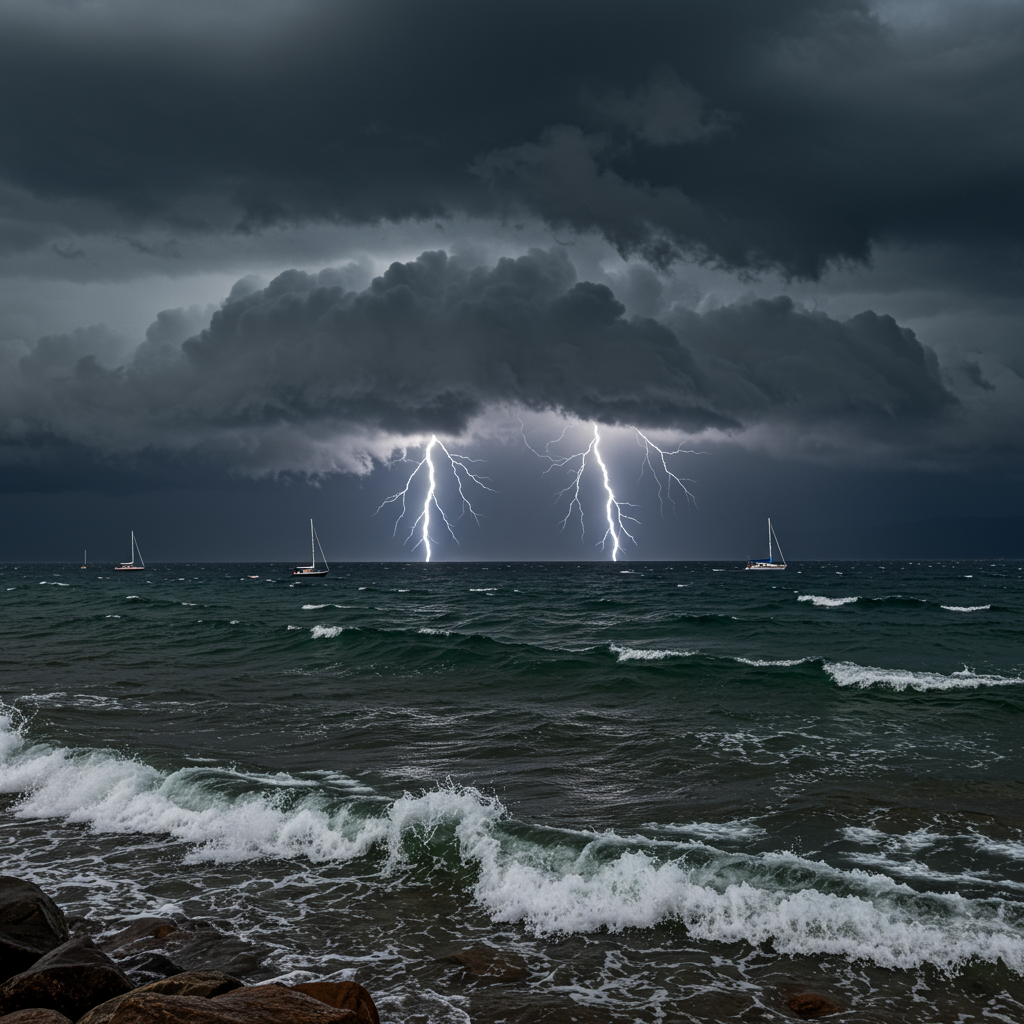Controversy Swirls Over Effectiveness of US Strikes on Iran Nuclear Sites
Following recent US military strikes targeting Iran’s nuclear facilities, the Trump administration has vigorously defended the operation’s success, citing “new intelligence” to support claims of devastating impact. However, these assertions face pushback from conflicting assessments and raise questions about transparency and the use of classified information.
President Donald Trump and senior officials have characterized the strikes on sites including Natanz, Fordow, and Esfahan as a “devastating attack” that “destroyed” key facilities. They claim the damage is so severe it would take Iran “years” to rebuild its nuclear program. Director of National Intelligence Tulsi Gabbard and CIA Director John Ratcliffe have publicly supported this view, stating that “new intelligence”, including information from a “historically reliable” source, confirms the extensive damage. The administration highlighted Israel’s assessment that the strikes caused a multi-year setback and noted an Iranian foreign ministry spokesperson also acknowledged significant damage. Defense Secretary Pete Hegseth publicly defended the mission, particularly the pilots who delivered the powerful GBU-57 bunker-buster bombs, and criticized media reports suggesting otherwise.
Conflicting Intelligence Assessments Emerge
The administration’s narrative stands in stark contrast to initial assessments, including a leaked preliminary report from the Defense Intelligence Agency (DIA). That report suggested the strikes would only set back Iran’s nuclear program by a limited period, potentially just a “few months, tops.” Sources familiar with the DIA report noted it was preliminary, based on limited data shortly after the strikes, and might have had a “low confidence” level, requiring “days to weeks” for a full assessment.
Adding to the uncertainty, the DIA assessment and others suggested Iran’s stockpile of highly enriched uranium might have been moved before the strikes occurred, possibly to other secret locations. The UN nuclear watchdog, the International Atomic Energy Agency (IAEA), reported losing “visibility” of the material when hostilities began, although Director-General Rafael Grossi cautioned against concluding it was definitely “lost or hidden.” This contrasts with the White House press secretary’s assertion that the US had “no indication” the uranium was moved prior to the attack, suggesting it was now buried under rubble. Questions also persist regarding the extent of damage to deep underground facilities and whether crucial centrifuges remained largely intact. Some critics have noted the administration appeared to favor intelligence from Israel supporting a “years” setback over its own agencies’ preliminary findings.
Political Fallout and Congressional Oversight
The differing intelligence views have fueled a political dispute, particularly between the White House and Congress. Amidst the leak of the less favorable DIA assessment, reports surfaced that the White House might limit sharing classified documents with Congress. This sparked outrage, especially from Democrats like Senate Minority Leader Chuck Schumer, who stressed Congress’s legal right and need for transparent information regarding the strikes and their implications. Scheduled classified briefings for lawmakers were initially postponed, intensifying calls for accountability and access to intelligence.
The strikes have also reignited debate over the balance of power in authorizing military force, specifically concerning the War Powers Act. Many lawmakers question President Trump’s authority to conduct such strikes without explicit congressional approval. Senator Tim Kaine proposed a resolution requiring future approval, although its passage is uncertain. While some Republicans defended the President’s actions as commander-in-chief, others, like Senator Rand Paul, expressed discomfort with unilateral strikes and the potential for escalation. The White House reportedly notified congressional leaders of the strikes, but only two days after they occurred via a brief letter. Defense Secretary Hegseth announced a joint investigation into the intelligence leaks, framing them as politically motivated attempts to undermine the President.
Beyond the Immediate Impact
In the wake of the strikes, President Trump made seemingly contradictory statements regarding future engagement with Iran, suggesting US and Iranian officials would meet soon while also implying negotiations might be unnecessary due to the perceived extensive damage to Iran’s program. He also caused confusion with statements regarding sanctions on Iranian oil.
Meanwhile, the IAEA Director-General Rafael Grossi has cautioned against focusing solely on how long rebuilding might take, describing it as an unhelpful “hourglass approach” that distracts from finding a long-term solution. He emphasized that Iran retains the technical knowledge and industrial capacity and reiterated the priority of returning IAEA inspectors to the sites for proper assessment.
Following a ceasefire brokered between Iran and Israel, Iranian authorities have reportedly intensified an internal security crackdown, including mass arrests of individuals accused of collaborating with Israel. Despite hopes from some external groups that the military campaign might spark a mass uprising, there has been no sign of significant protests against the authorities within Iran.
The true, long-term impact of the strikes on Iran’s nuclear capabilities remains subject to debate, caught between the administration’s definitive claims of success and conflicting preliminary intelligence assessments, against a backdrop of political tension and calls for greater transparency.




